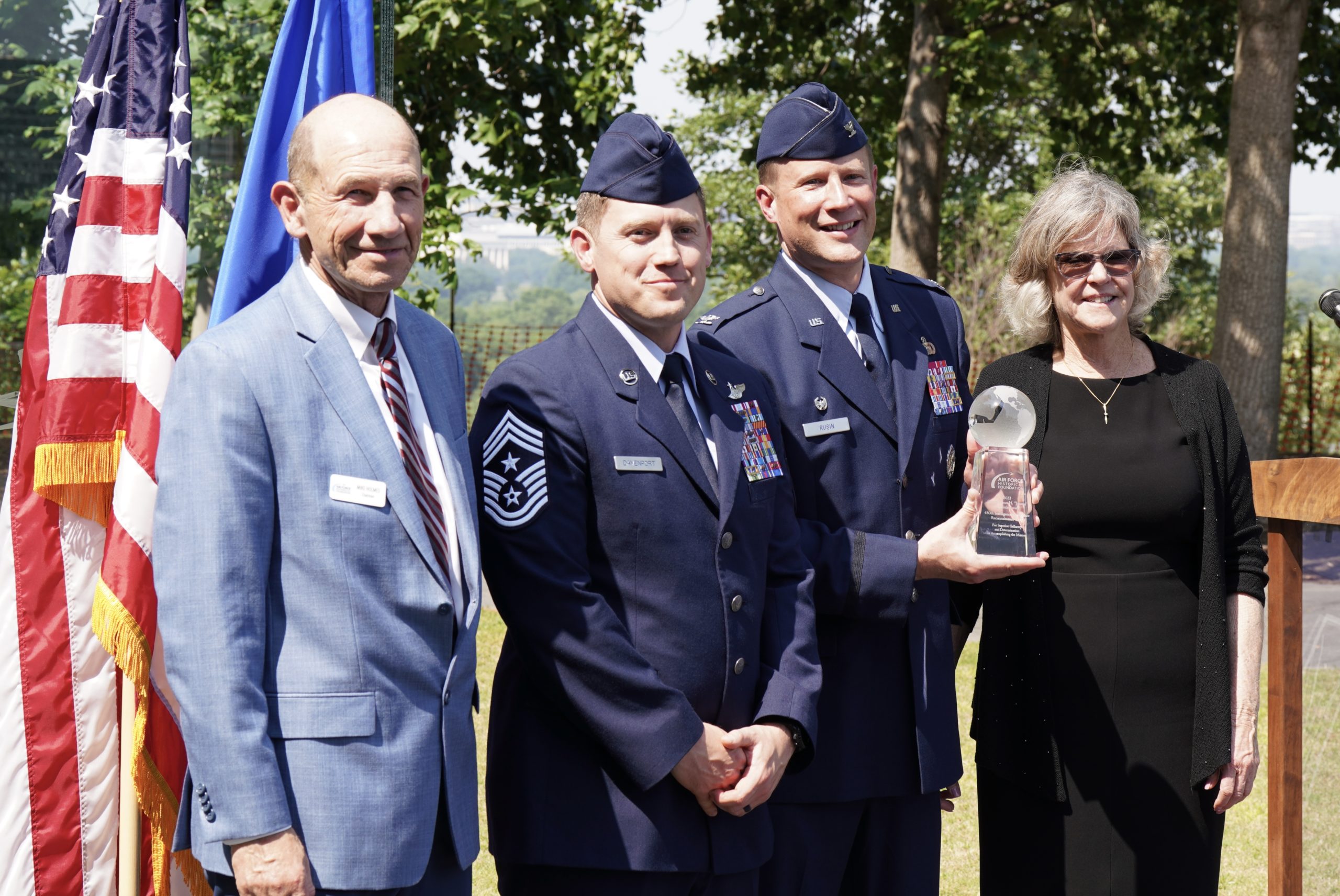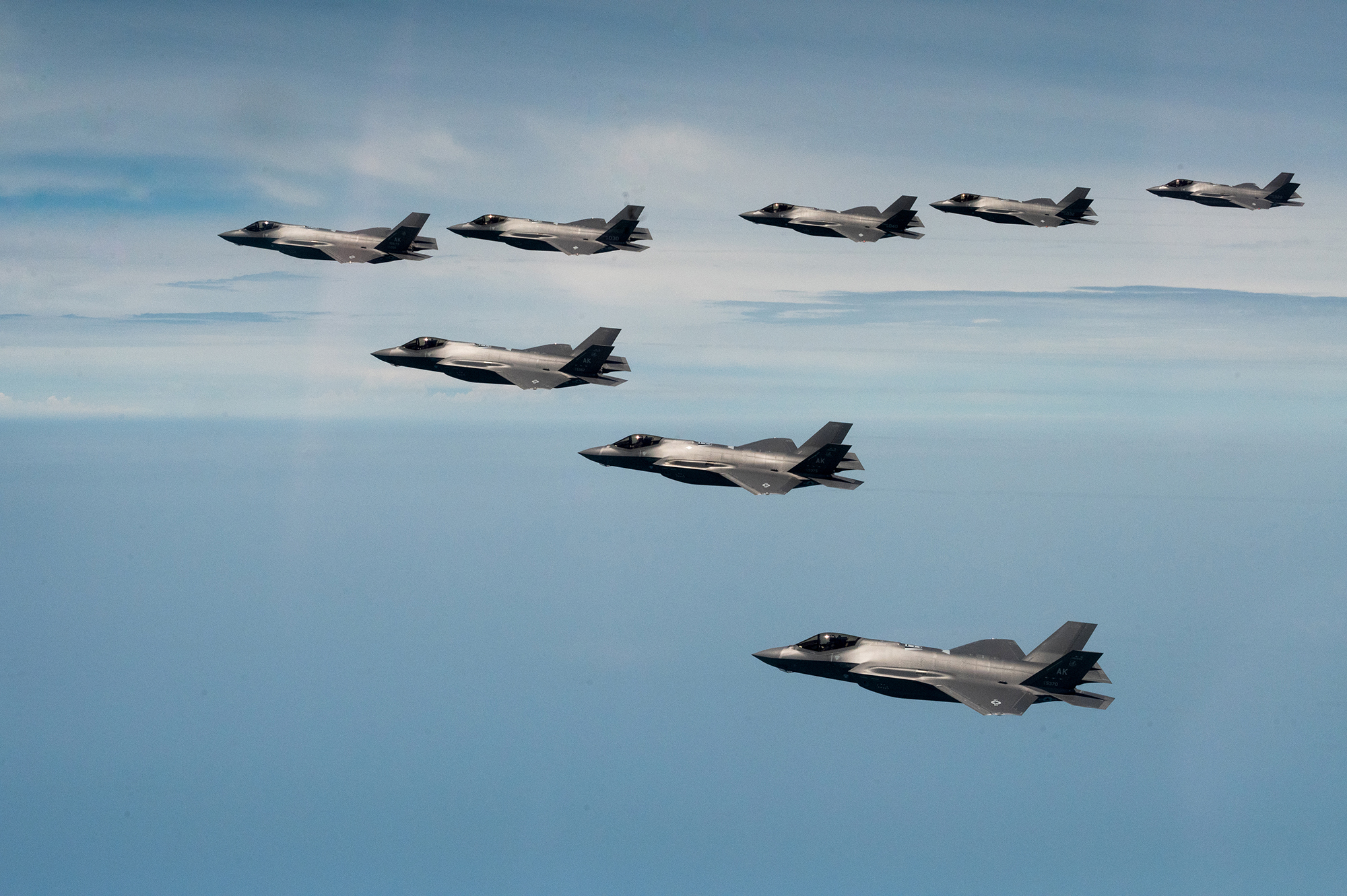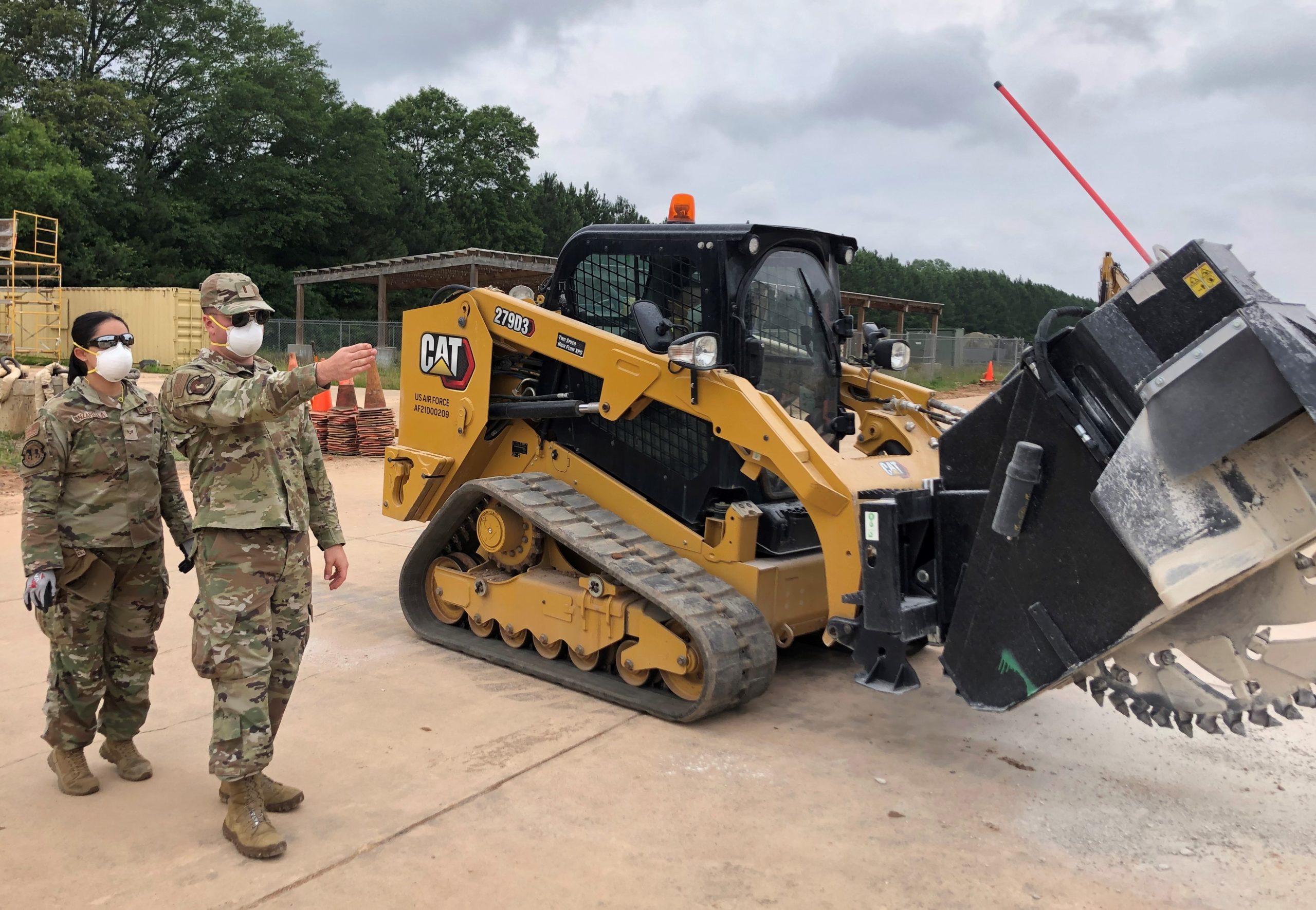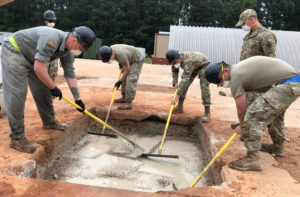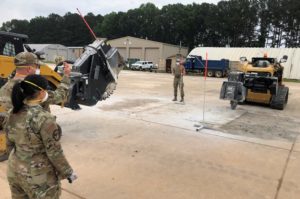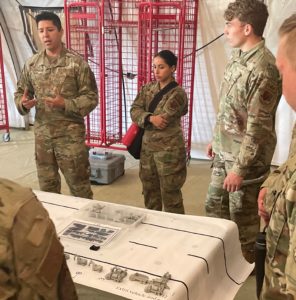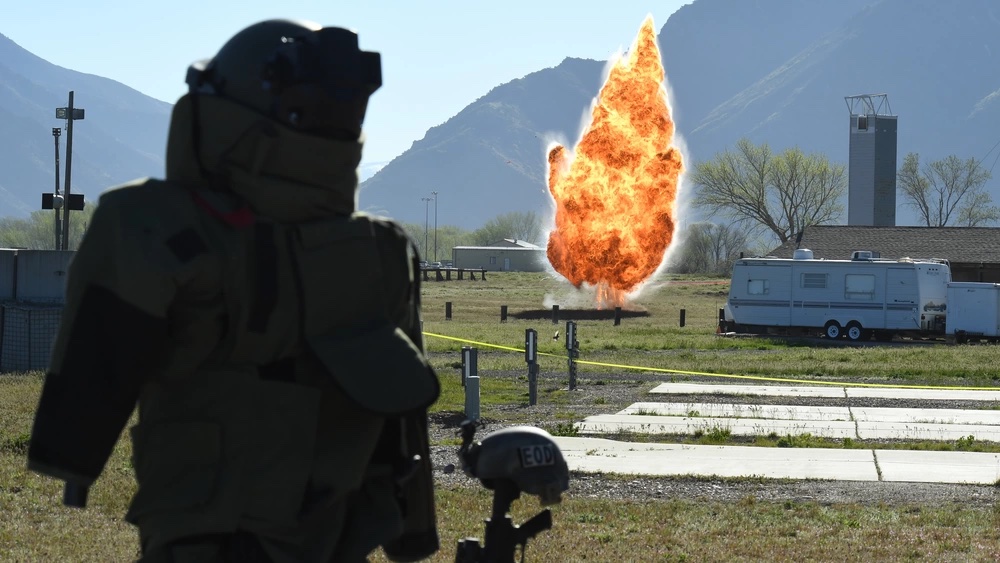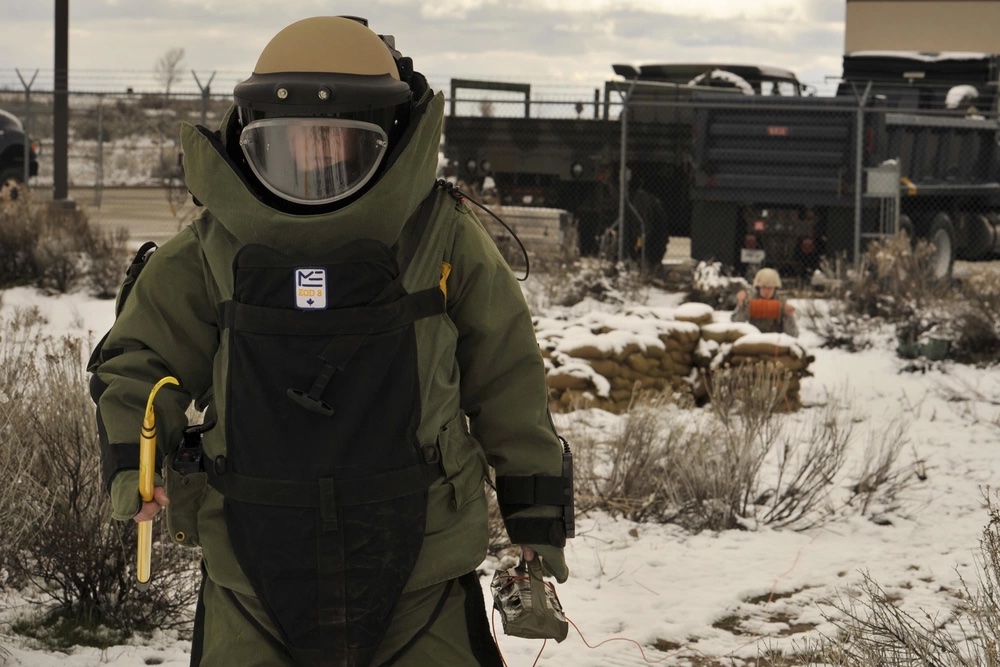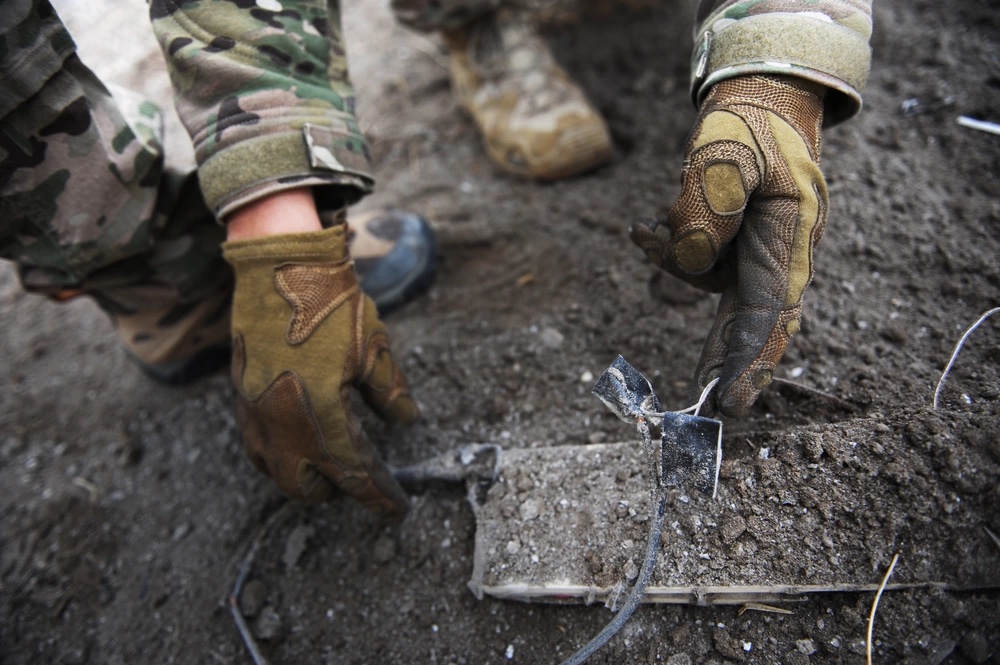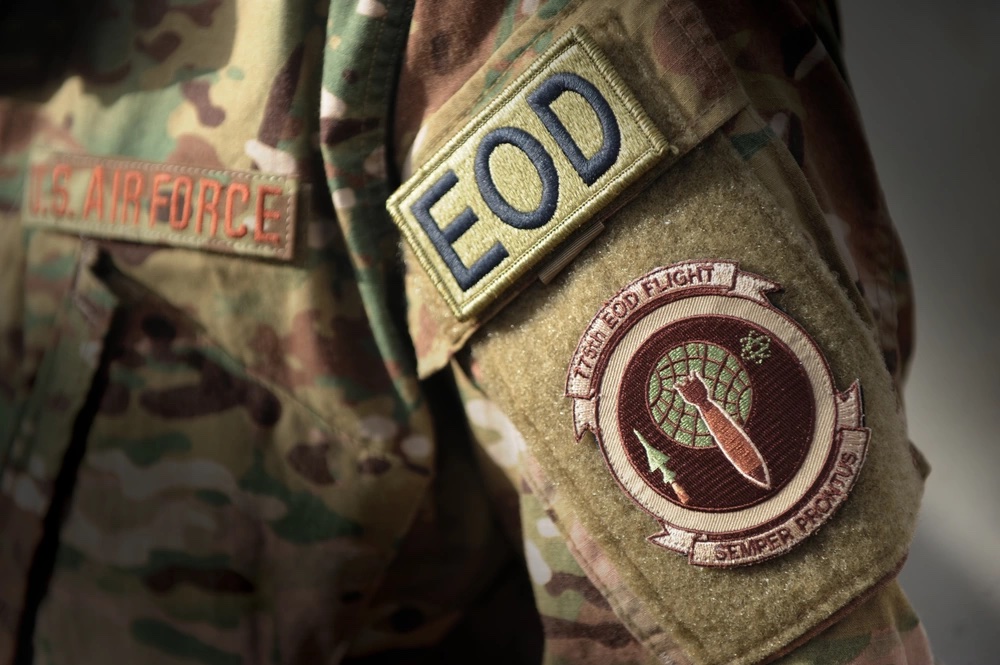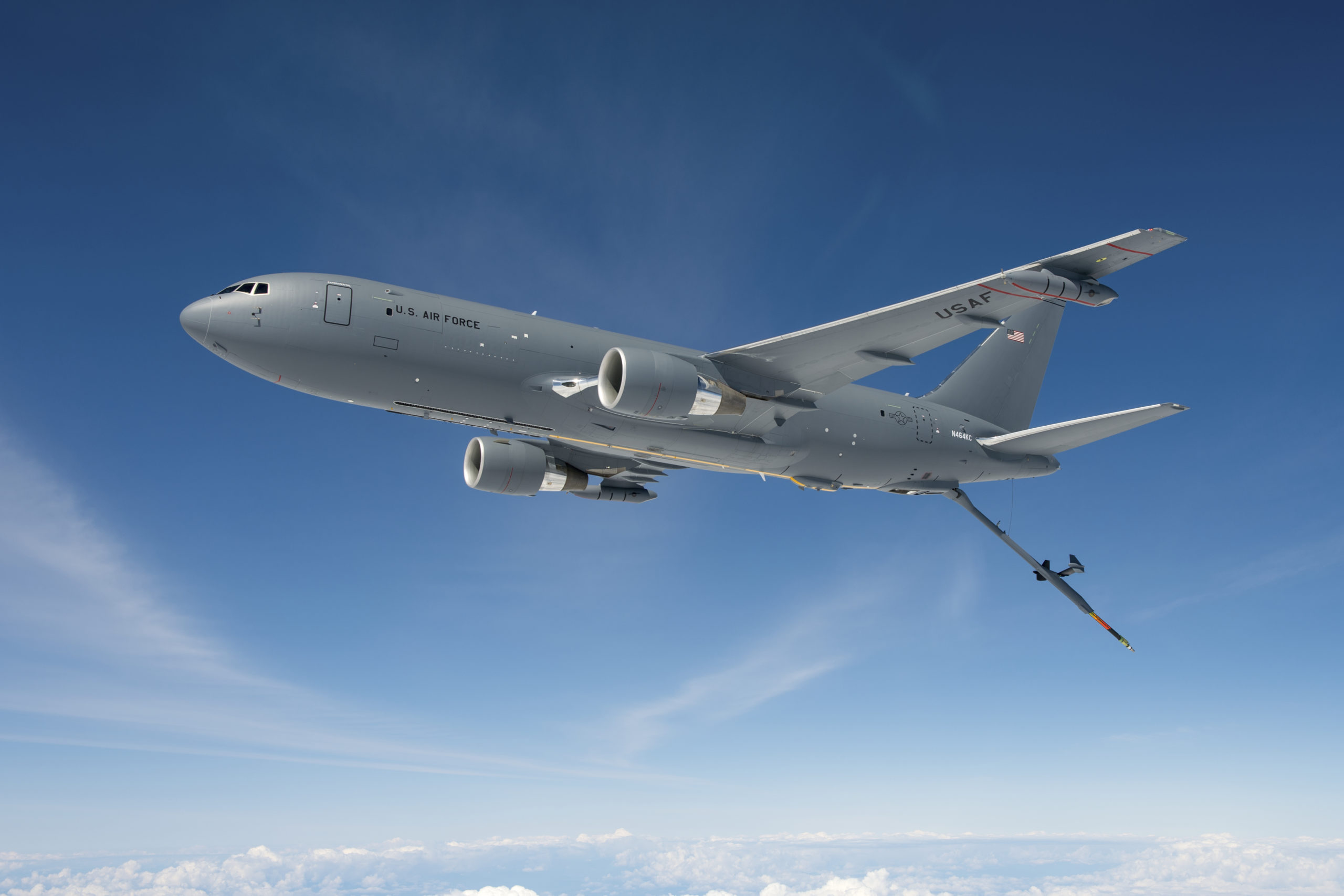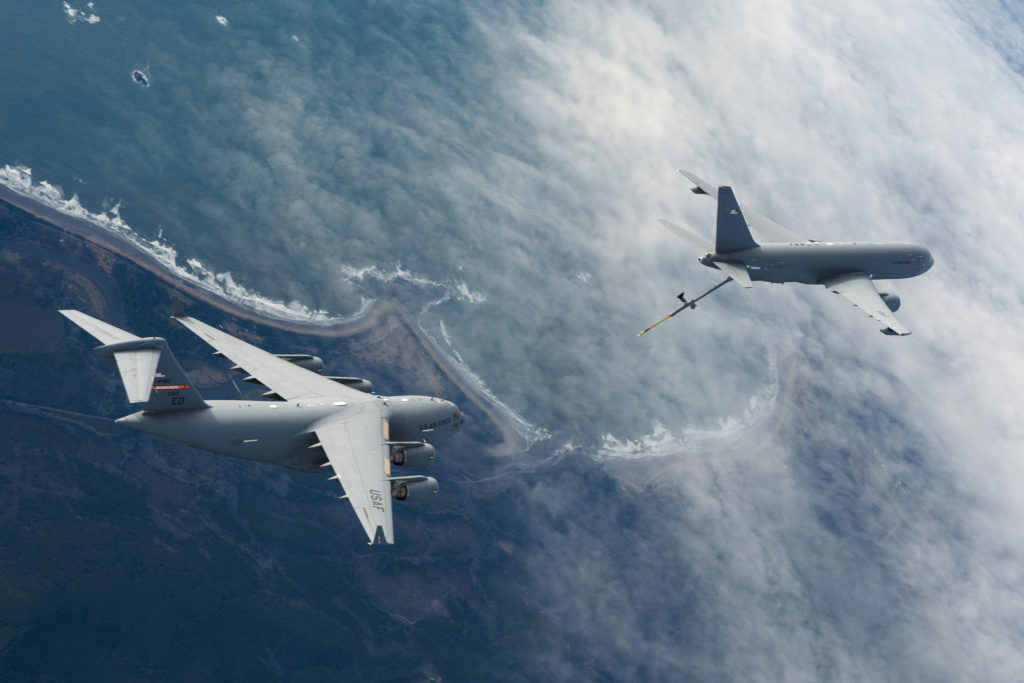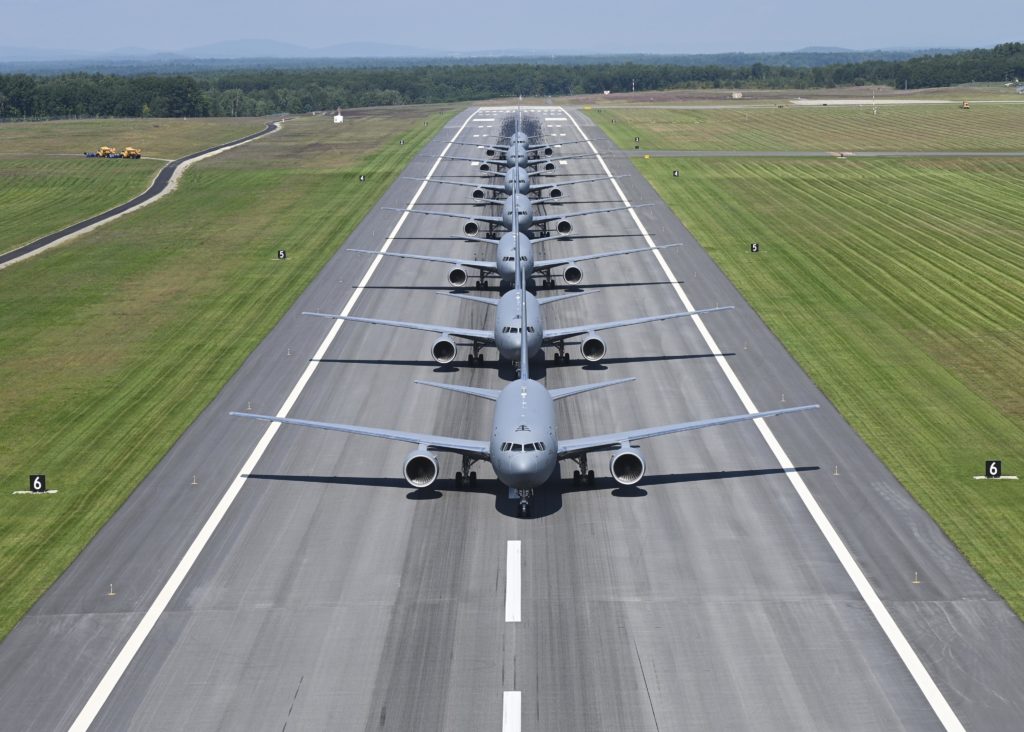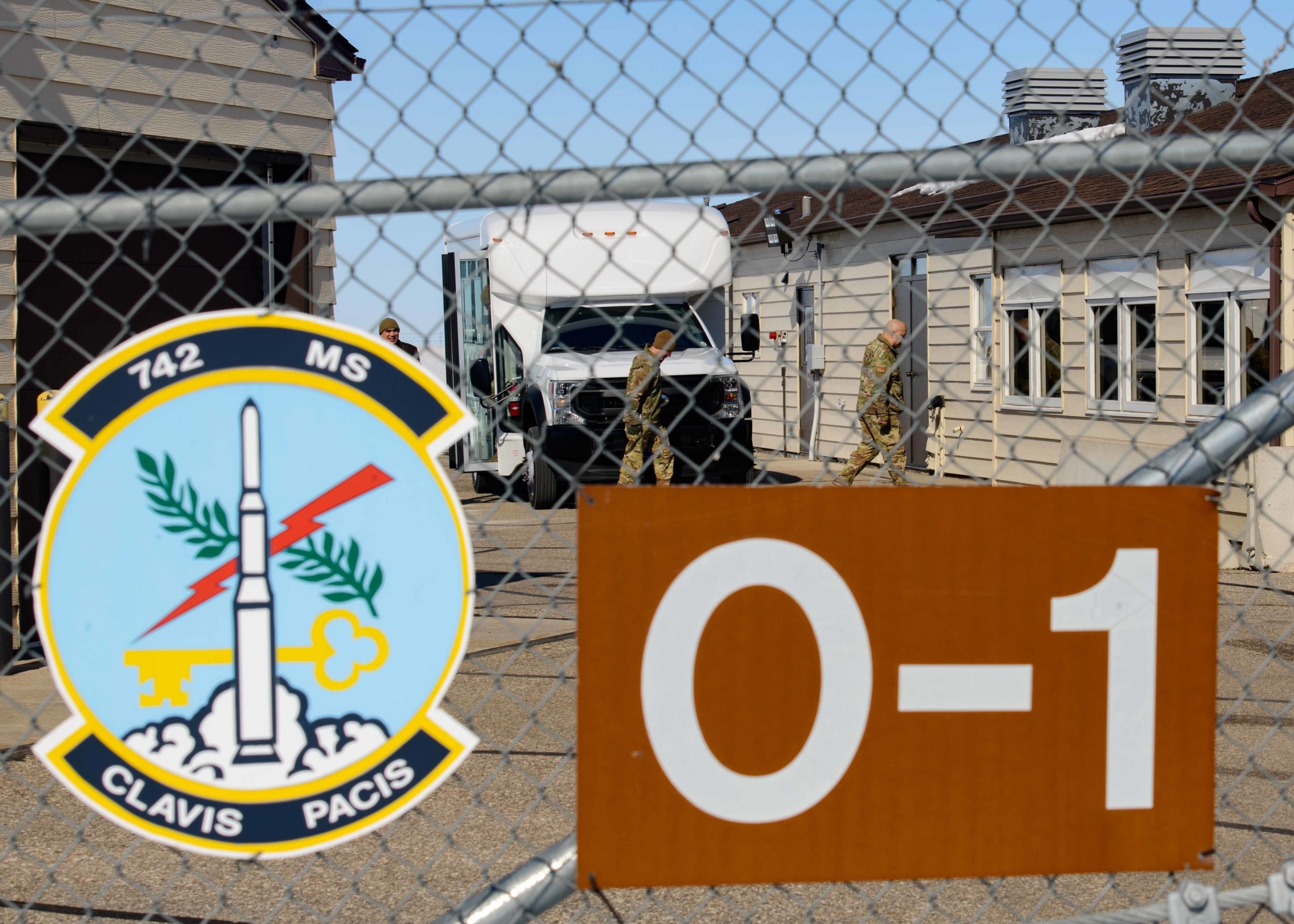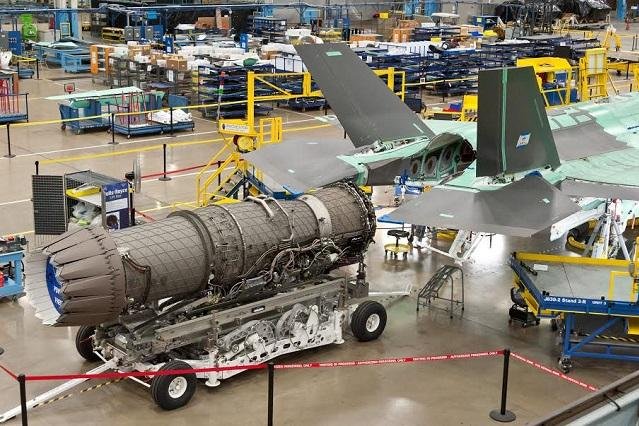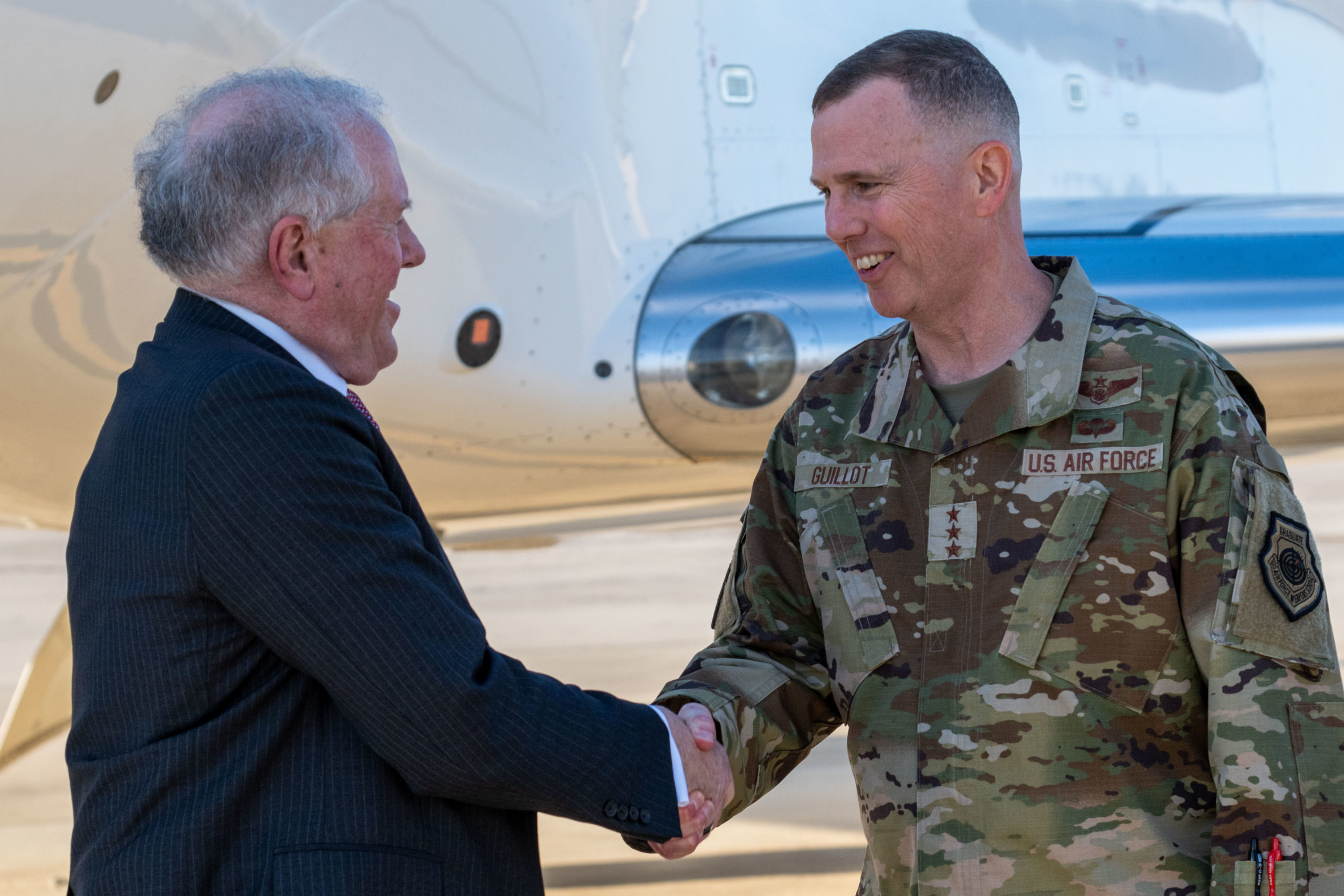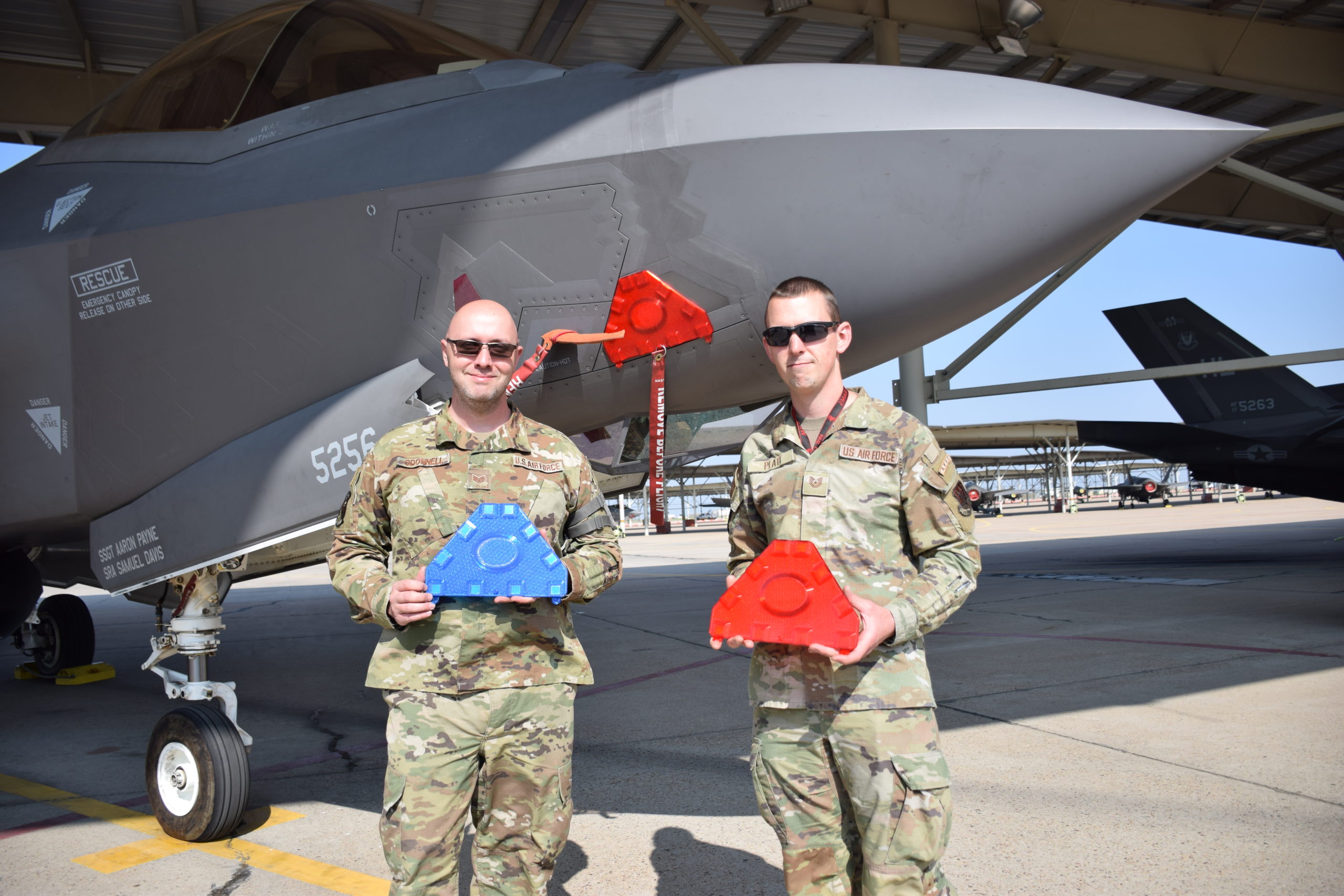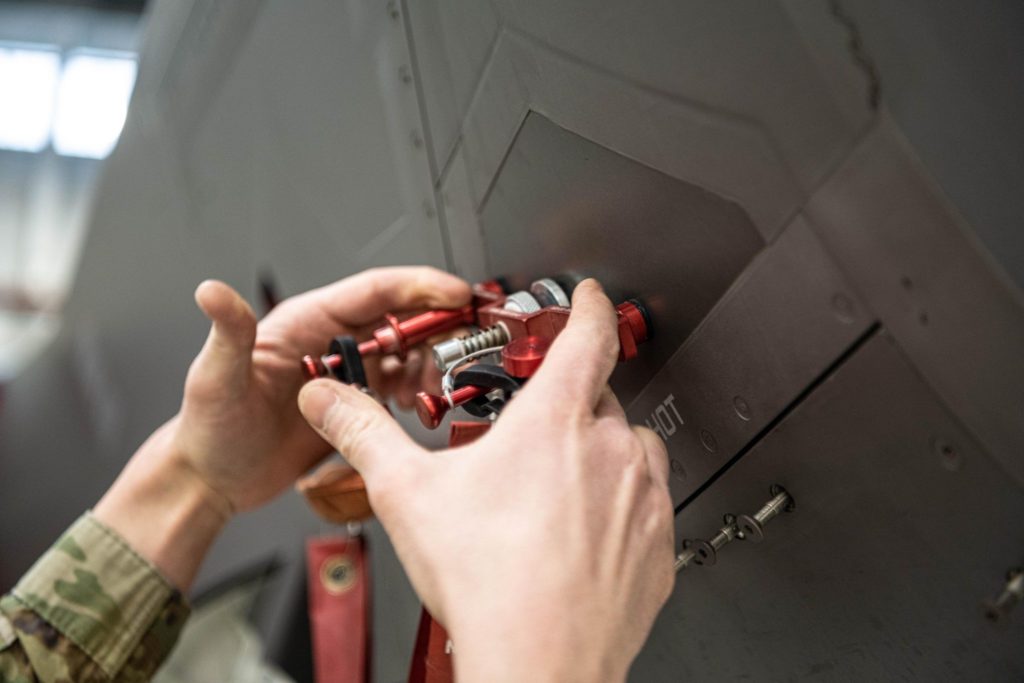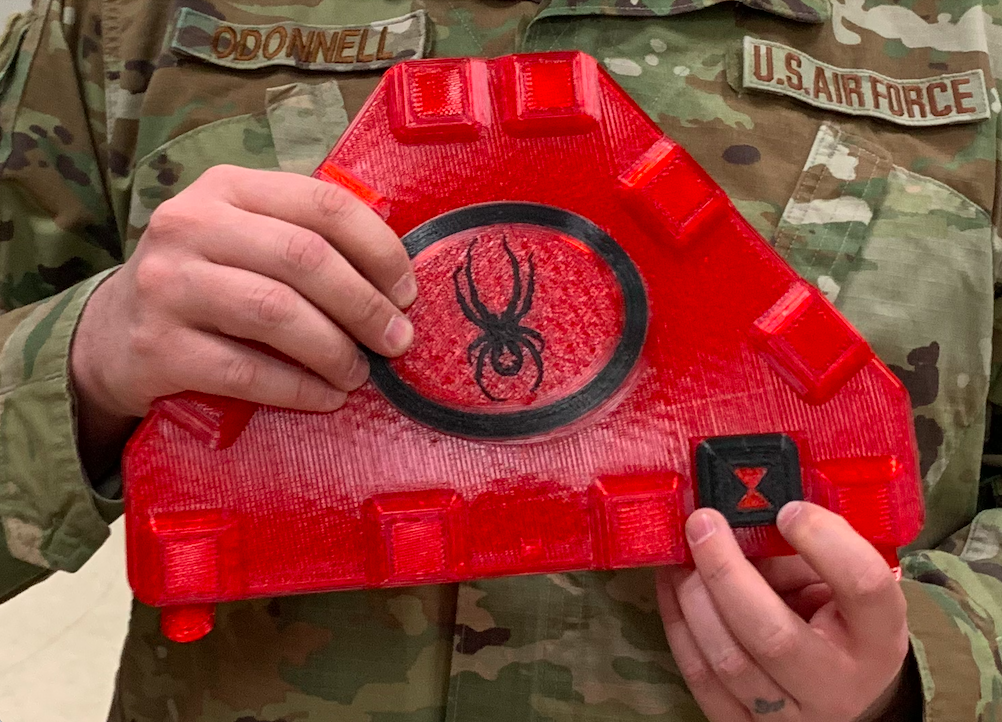The 480th Intelligence, Surveillance, and Reconnaissance Wing at Joint Base Langley-Eustis, Va., received the 2023 Gen. James H. “Jimmy” Doolittle Award in recognition of its top-notch ISR support of major commands and joint and combined force commanders across the world over the past two years.
The 480th ISR Wing is the 10th recipient of the award, which is presented by the Air Force Historical Foundation to an active Air Force or Space Force unit for demonstrating “gallantry, determination, esprit de corps, and superior management of joint operations” as it pursues its mission.
The award was presented by Gen. Doolittle’s granddaughter, Jonna Doolittle Hoppes, the president of the Air Force Historical Foundation. The ceremony was held at the Air Force Memorial in Arlington, Va., on June 1.
“There isn’t any group that works harder behind the scenes and gets things done and nobody even sees,” said Doolittle Hoppes. “We don’t realize that you’re there until the mission that we’ve set out on is accomplished.”
Among the 480th’s notable accomplishments are its support of the bed down of Afghan refugees, both in the air and on the ground; its collection of crucial intelligence around the Russia-Ukraine conflict; its support of former House Speaker Nancy Pelosi’s first-of-its-kind visit to Taiwan; its involvement in watching North Korean ballistic missile launches; and its assistance in bringing down the Chinese surveillance balloon earlier this year.
“I’m tremendously proud of this unit and our accomplishments, and they’ve already reached the stratosphere,” said 480th Commander Col. Nathan L. Rusin, who accepted the award. “I’m also extremely proud of receiving recognition of those accomplishments because again, we do a lot of this shrouded in secrecy. As I talked about before, we celebrated our 20th birthday of the 480th ISR Wing this year, and truly I can’t wait to see what we accomplished by the time we hit 40.”
